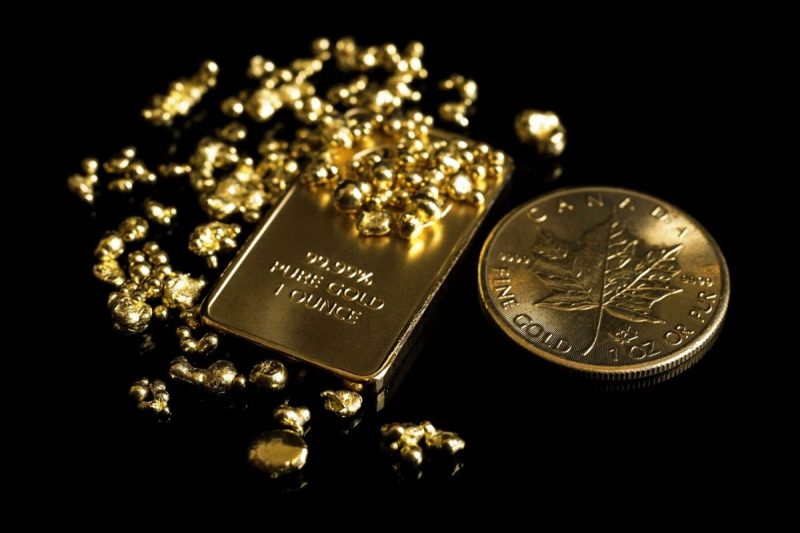Evaluating the Merits of Investing in Physical Gold
Seismic shifts in the financial landscape and questions about the future of fiat currencies globally have sparked renewed interest in investing in physical gold. An investment method employed by our predecessors, gold still maintains its allure and stands as a viable asset class in today’s modern investment terrain.
Understanding the Realm of Physical Gold Investment
Fundamentally, investing in physical gold involves trading in tangible gold products such as gold bars, coins, or jewelry. This means, the investor engages in the purchase, storage, and subsequent selling of gold offline, departing from the more traditional securities and equity-based investments.
Physical gold offers an advantage in that the investor has actual ownership of the asset, providing a sense of security current intangible investments may not provide. It stands as the epitome of a ‘safe haven’ investment during economically volatile times, when the value of other assets might plummet.
Key Factors to Consider Before Investing in Physical Gold
Investing in physical gold does come with its own set of challenges and considerations. An investment in physical gold requires careful scrutiny, particularly relating to the purity of the gold, its current market valuation, and the charges associated in securing and storing it.
The first facet to take into account is the purity of gold. Opting to buy 999.9 or 24 karat gold bars, coins, or biscuits is generally advisable as it is the purest form of gold. However, investing in gold jewelry requires careful consideration of both the purity of gold, its design, and craftsmanship.
Next up, understanding the price dynamics is quintessential. It’s important to keep a pulse on international gold prices as well as any costs associated with buying, storing and insuring your gold assets.
Additionally, the subsequent safe storage of gold bars or coins is another key aspect. A decision must be made between home storage, which may leave you vulnerable to theft, and bank lockers or private storage facilities, which would incur ongoing costs. Along with storage, the insuring of physical gold is a necessary protection measure but also another added cost.
Investment Strategies for Physical Gold
Diversification remains crucial when investing in physical gold. Allocating 10-15% of your total investment portfolio to gold can help hedge against sharp downturns in other asset classes. One way of doing this effectively might be to invest in gold incrementally over time, thereby spreading the investment and potential risk.
Moreover, buying gold when its prices are low and selling when prices are high enables you to maximize profitability, similar to any other investment. Utilizing a strategy called Dollar Cost Averaging can also prove beneficial. This involves consistently investing a set amount in gold over time, reducing the impact of volatility.
Physical Gold Investment – A Timeless Option
Physical gold indeed stands as a classic, resilient investment avenue that has stood the test of time. Harnessing its potential can prove rewarding, especially in times of crises or economic instability. From gold bars and coins to themed collectible coins and intricate jewelry, the avenues are far-reaching. Its tangible nature teemed with its ability to shield against inflation-induced losses, make it an asset worth considering for every serious investor’s portfolio.
